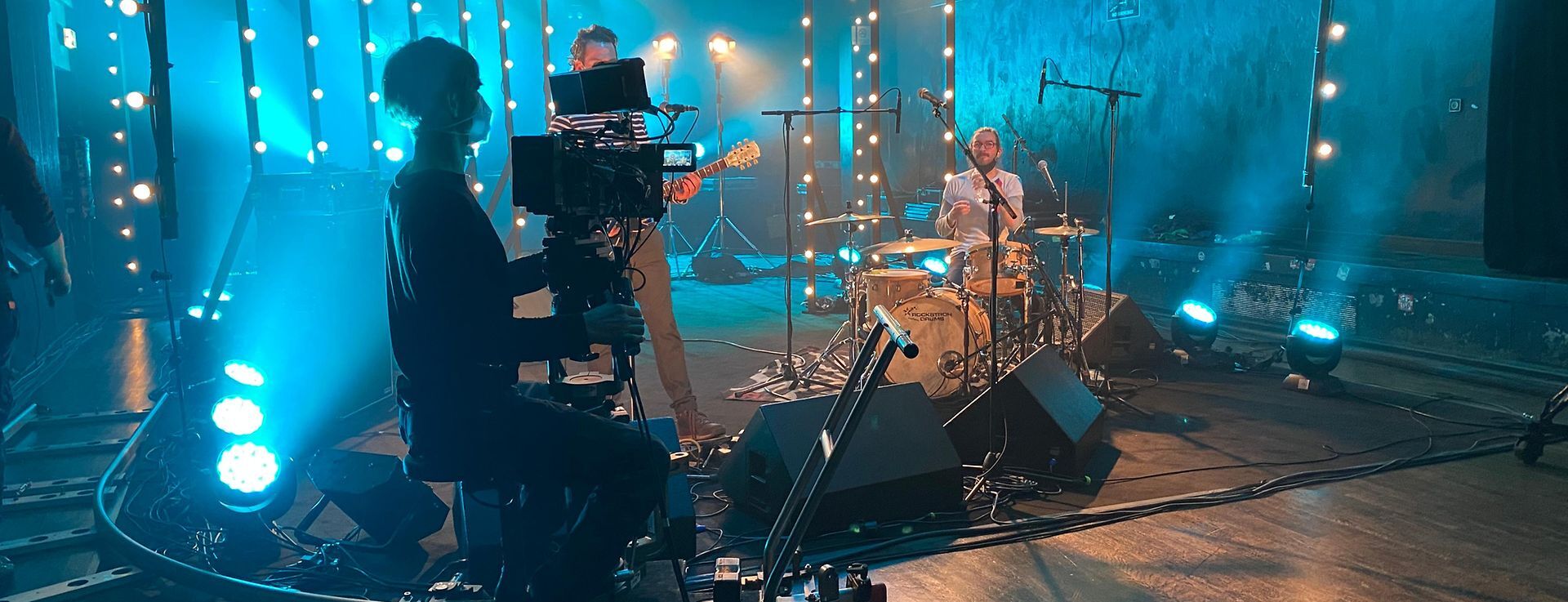Multicam music production is a technique that involves capturing multiple camera angles simultaneously during a live performance or recording session. This allows for greater flexibility and creativity in post-production, giving producers the ability to edit and mix together the different camera angles to create a more dynamic and engaging final product.
One example of a successful use of multicam music production is the 2012 live performance of Adele's "Set Fire to the Rain" at the Royal Albert Hall in London. The performance was captured using multiple cameras, giving the editors the ability to cut between close-ups of Adele's emotional performance and wide shots of the entire venue. The result was a powerful and cinematic performance that has since become one of Adele's most popular live recordings.
According to producer Paul Epworth, who worked with Adele on her hit album "21," the use of multicam production was a crucial component of the success of the Royal Albert Hall performance. In an interview with Sound on Sound, Epworth explained that "multicam is essential for capturing the energy and emotion of a live performance. It's like having a front row seat to the show, but with the ability to switch between different vantage points on the fly."
Another notable example of multicam music production can be found in the music video for Michael Jackson's "Beat It," which was directed by Bob Giraldi in 1983. The video was shot using multiple cameras, including a helicopter-mounted camera, to capture the high-energy choreography and intense performance of the dancers. The result was a groundbreaking music video that helped to establish Jackson as a pop icon.
Giraldi later reflected on the use of multicam production in the making of "Beat It," saying, "We had to have multiple cameras to capture the energy of the dancers and the intensity of the performance. It was a challenge to coordinate all of the different angles, but it was worth it in the end."
Multicam music production is not limited to just live performances and music videos. It can also be used in the recording studio to capture multiple takes of a performance from different angles, allowing producers to select the best moments from each take and create a more polished final product.
In an interview with Mix Magazine, producer Joe Barresi discussed his use of multicam production during the recording of Queens of the Stone Age's album "Era Vulgaris." Barresi explained that "we set up multiple cameras in the studio to capture different angles of the band's performance. This allowed us to get a better sense of the energy and dynamics of the performance, and gave us more options to work with in post-production."
In conclusion, multicam music production is a powerful tool for capturing the energy and emotion of live performances, creating engaging music videos, and producing high-quality recordings in the studio. From Adele's emotional performance at the Royal Albert Hall to Michael Jackson's iconic "Beat It" music video, multicam production has played a crucial role in some of the most memorable moments in music history. As technology continues to evolve, it will be exciting to see how producers and artists continue to push the boundaries of what is possible with multicam music production.

Comments